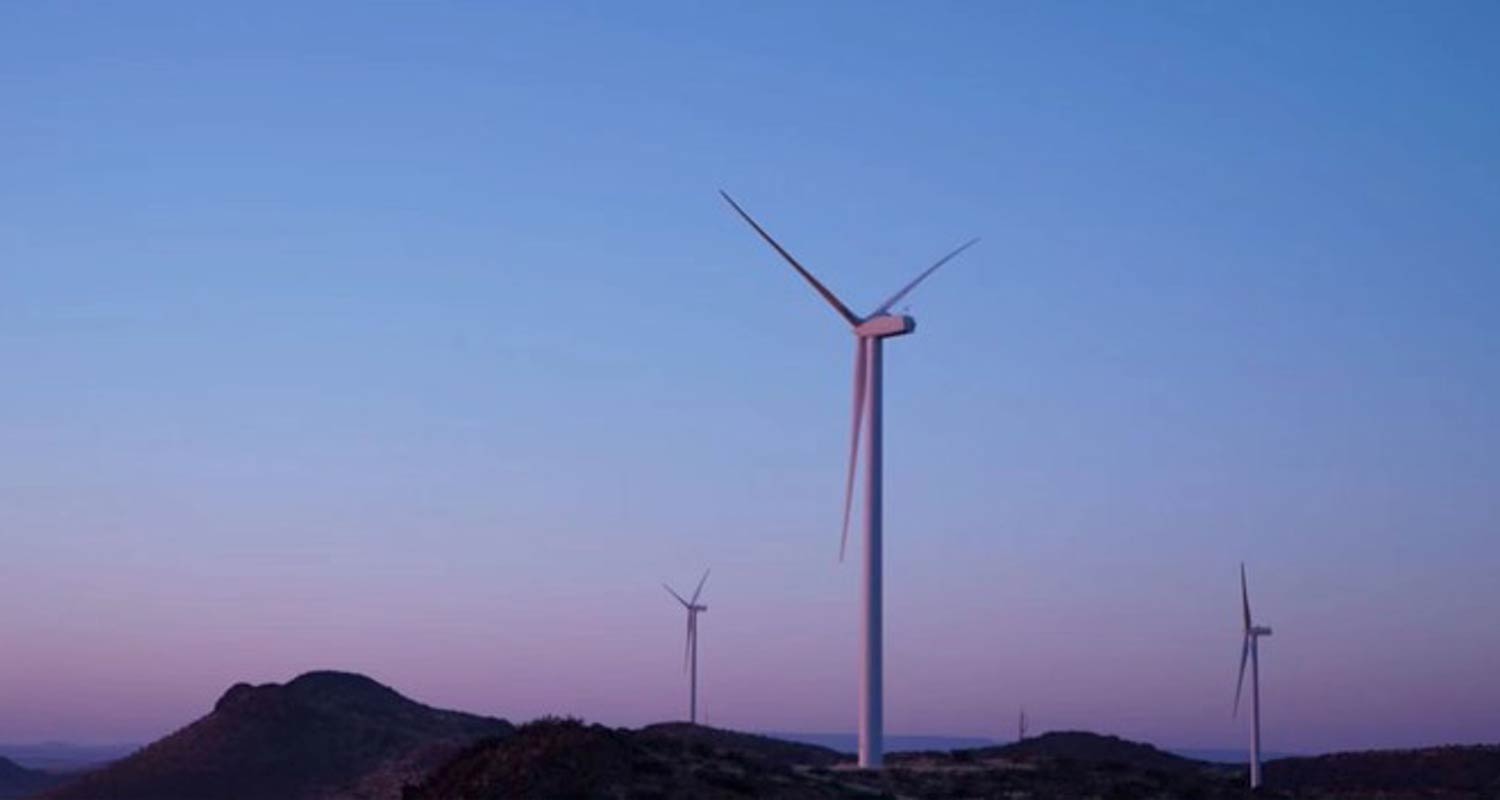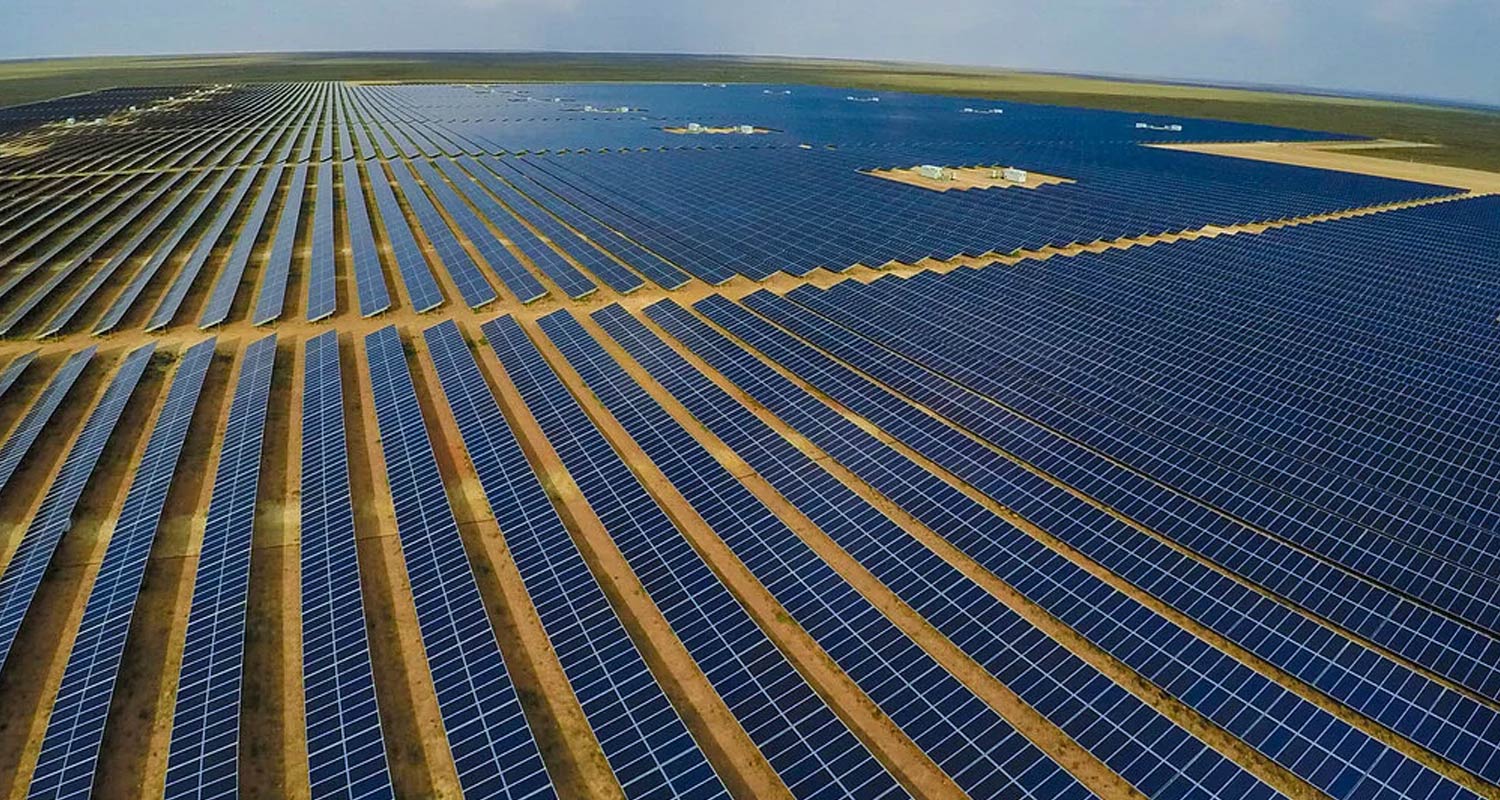Just two years after winning the backing of one of the world’s biggest green infrastructure investors, a little-known South African company is rapidly redrawing the country’s energy map.
Mulilo Renewable Energy, which received a US$200-million investment from Copenhagen Infrastructure Partners in 2023, has since won more utility-scale battery projects in South Africa than any other rival, despite a growing number of competitive entries. The capital injection from CIP, a private equity manager based in Denmark, is helping Mulilo rapidly challenge the dominance of state-owned monopoly Eskom.
Founded in 2008, Mulilo is now positioning itself “to shape the future of the energy market in South Africa”, CEO Jan Fourie said in an interview at the firm’s Cape Town headquarters. The company is now focused on reaching financial close on R36-billion of projects this year.
South Africa’s energy markets have long been ripe for a reset after years of corruption and mismanagement left the country plagued by constant blackouts. While the government began sourcing renewable energy from private producers more than a decade ago, frequent breakdowns at Eskom’s coal-fired power plants helped open the door to a growing sector that includes clean energy producers and electricity traders.
Eskom, which still generates more than 80% of South Africa’s electricity from coal, has said it plans to build its own renewable energy and storage capacity. For now, though, it’s reorganising the business into separate units for generation, transmission and distribution, as it seeks to return to profitability after years of relying on government bailouts to survive.
The media desk at Eskom didn’t respond to a request for comment.
Diminishing role for Eskom
“Eskom will be a player, but their role will be diminishing over time just by virtue of power stations being decommissioned and the like, and renewables needing to be up,” Fourie said. “Our aspiration is to be at the table in a couple of years with them and others.”
Copenhagen Infrastructure Partners says the goal is to “significantly grow the Mulilo organisation in order to enable the company to successfully deliver a 5GW portfolio of wind, solar and battery energy storage projects over the coming years”. And CIP expects to remain a majority owner of the company to reach that target, it said in an e-mailed reply to questions. Mulilo currently has 420MW of operational capacity from renewable stations.
Read: Eskom turns to gas to support shift to renewables
Mulilo has won two-thirds of preferred bids for battery projects over three auctions, for a combined total of about 1.1GW of storage. A quarter of the projects have reached financial close. And much like solar and wind prices for South Africa, batteries have dropped dramatically through the bid rounds, electricity minister Kgosientsho Ramokgopa said.
That’s likely a function of competition, banks becoming more comfortable with funding and technology cost curves coming down, according to Fourie, who added Mulilo’s battery projects benefit from a “very deep supply chain” for lithium-ion technology.
 The company’s success in bid rounds has drawn criticism from a political party and labour union questioning the auction process, pointing to Mulilo chairman Jan Oberholzer’s previous role as Eskom chief operating officer. Those same groups have also opposed the presence of CIP as a foreign majority investor, a sensitive subject in South Africa given the government’s pledge not to sell the national transmission grid.
The company’s success in bid rounds has drawn criticism from a political party and labour union questioning the auction process, pointing to Mulilo chairman Jan Oberholzer’s previous role as Eskom chief operating officer. Those same groups have also opposed the presence of CIP as a foreign majority investor, a sensitive subject in South Africa given the government’s pledge not to sell the national transmission grid.
Ramokgopa dismissed such concerns in a statement, saying that all auctions have been “guided by the principles of transparency and competitiveness” and are subject to legal, technical and financial due diligence.
Read: South Africa announces R4.7-billion in grid-scale battery projects
The grid, which Eskom needs to reinforce to accommodate more renewable generation by building 14 000km of transmission line over the next decade, presents its own challenge for the continued ramp-up of projects needed to replace retiring coal plants.
“Today you’ve got grid, you think you have grid, and tomorrow it’s gone,” said Fourie. “So for us it’s important to put our good developments into construction so that we can start selling power.” — (c) 2025 Bloomberg LP
Get breaking news from TechCentral on WhatsApp. Sign up here.
Don’t miss:
Danish investor buys South Africa’s Mulilo Energy
Crédito: Link de origem


